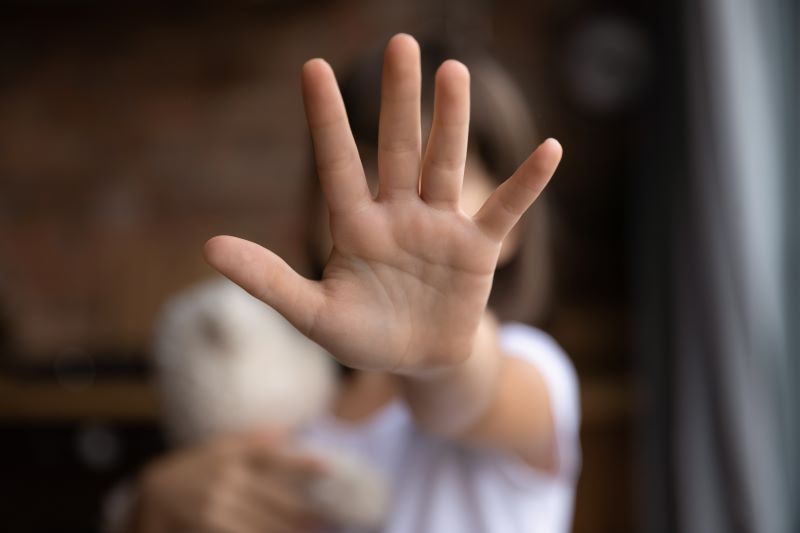Recommended

BRIEFS
Children must be safe in school. Without this, their education, health, happiness and long-term prospects will suffer. Last week, CGD, FCDO, the Coalition for Good Schools, and the Global Partnership for Education convened leaders from governments, multilateral organizations, donor agencies, philanthropic foundations, civil society, and research institutions at Wilton Park to advance progress toward ending violence against children in schools. What happened there, and what will happen next?
Five takeaways from three days of discussions on violence in schools
- Violence levels in and around schools are alarming but the data aren’t good enough. Children and adolescents are exposed to high levels of corporal punishment, bullying from peers and sexual violence in and around schools. And what we know is likely to be an underestimate of the true prevalence of violence. We need better data, particularly from children under the age of 12, to help policy makers make informed decisions about violence prevention. Data on school violence aren’t academic; they are the foundation for effective action. There is an urgent need for better data collection efforts focused on school-related violence.
- Alas, there are no silver bullets. But violence can be prevented. The existing evidence shows some potential pathways to reduce the prevalence of violence. Whole-school approaches (those that involve the school staff, students, parents, and community) emerged as a promising way to achieve structural change. However, now’s the time to move from small-scale pilot projects to interventions that are feasible to implement at scale and that have sustained impacts in the medium and long term. There’s very scarce evidence on interventions that have been run by governments at scale (in fact, the only one we know of is in Peru, a largely successful intervention that trained school leaders in violence management). That urgently needs to change.
- Governments must be in the driving seat. We were privileged to hear from government partners from Indonesia, Nigeria, Zimbabwe and Tunisia, who presented their strategies to prevent, manage and respond to school-related violence. We learned of an online reporting platform in Tunisia, that allows victims, family members, school staff and witnesses to report any case of school-related violence. In Zimbabwe, case management systems across health, education and social protection have been prioritized, with child case workers working at the school and village level. In Indonesia, the government has advanced policy and legislation to reduce violence in schools alongside training teachers and communities on children’s rights to a childhood free from violence. The Government of Nigeria inspired us with their goal to eliminate violence against children in school and pledged to elevate children’s voices in their interventions.
- There’s a lot of support for ending violence by aid donors, but where is the money? We heard from donors and multilaterals of an “open door” for violence prevention interventions in schools and we learned of a range of guidelines, thematic briefs and diagnostic tools that have been produced to address violence. What’s trickier is to understand whether any finance for these good intentions will be forthcoming.
- Teachers must be part of the solution. It’s easy to point fingers at teachers as the perpetrators of violence. But we heard impassioned speeches from teacher union representatives who highlighted that teachers are also often victims of violence in school. And no country is going to eliminate corporal punishment or violence in school without bringing the teacher workforce with them.
Advancing progress toward ending violence in schools. What happens next?
Spending three days discussing violence in schools is an important first step. It’s rare that a cross-sector group like this gets the chance to focus on a single issue like safety in school. But now the real work begins!In the wake of the Wilton Park meeting, we have a responsibility to advance action.
We were enthused by the ideas and commitments that emerged from the discussion. Multilaterals want to work harder to get their leaders to care about violence in schools. Imagine if every speech about education by these leaders committed to doing more to keep children safe? Government leaders committed to domestic advocacy and to share their experience with peers in the same region. Researchers plan to produce a shared global research agenda, aligning on the research priorities, advancing methodological innovations and helping fill data gaps. Civil society actors committed to continue to elevate southern voices and those of young people, to ensure that they are front and center of debates about violence in school. Bilateral donors pledged to hard wire violence prevention into education programming and to screen education investments for opportunities to eliminate violence (and, importantly, to do no harm).
We heard no disagreement during these talks that children should be safe in and around schools, but now it’s time to move from talk to action. We have the opportunity to make schools safe for children. Let’s seize it.
Disclaimer
CGD blog posts reflect the views of the authors, drawing on prior research and experience in their areas of expertise. CGD is a nonpartisan, independent organization and does not take institutional positions.






